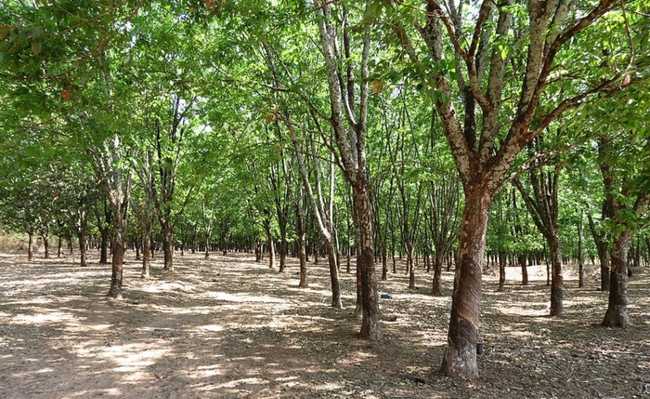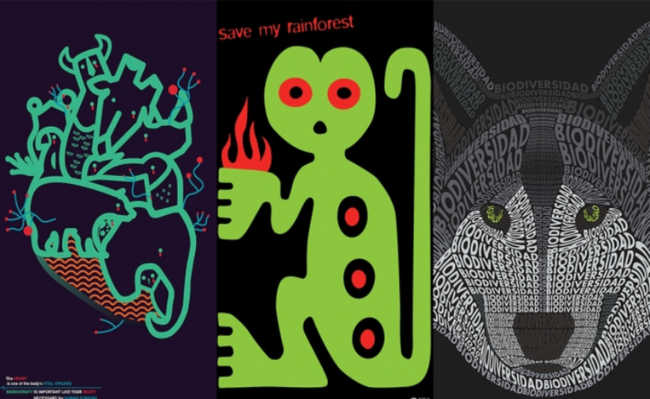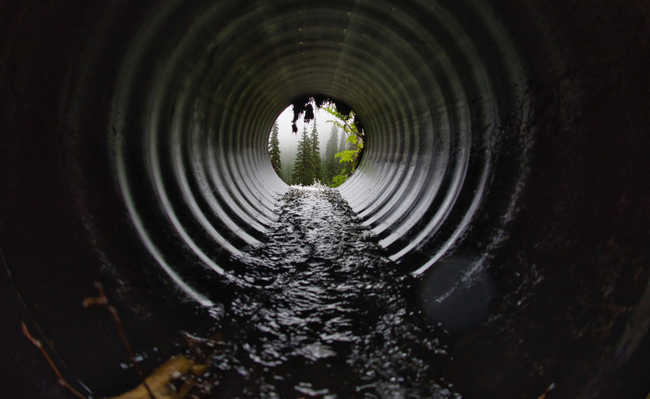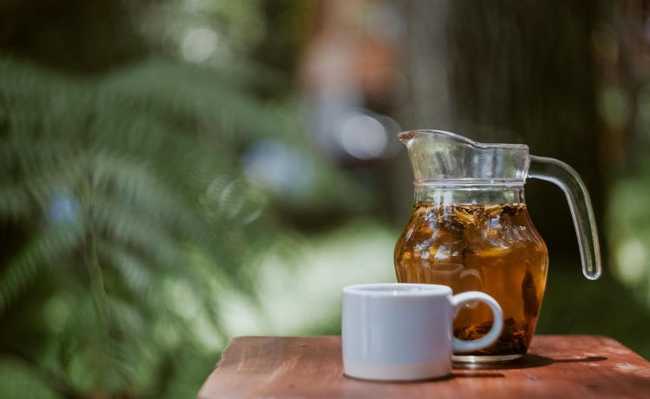Soap guide: origin, composition, risks and alternatives for the main types
How does soap work? What types of soap? What are your differences? know more

There are several types of soap available in the markets: laundry soap, stone soap, soaps and dishwashing detergents. How do they work? Are there differences between them?
First of all, it's good to keep in mind that all the cleaning products we use have some impact on the environment, but there are simple ways to make the best choices.
Why does soap clean?
Water alone cannot remove certain types of dirt found in everyday life. This is because water molecules are polar and dirt molecules are normally non-polar (oils) (understand better here). Soap plays a role in cleaning as it can interact with both polar and non-polar substances. Thus, micelles are formed, which are fat droplets trapped by soap molecules. This process of micelle formation is called emulsification.
Soaps are substances called surfactants, that is, they reduce the tension formed between two liquids. Thus, elements such as water and oil lose their ability to remain separate. No wonder we usually use the product for cleaning in general. Learn more about the existing types of soap, their advantages and disadvantages.
Stone soap
Soaps are produced from the reaction of fats and oils with a base (usually sodium or potassium hydroxide), giving rise to a carboxylic acid salt, which is soap, and glycerol, from the alcohol family. This process is called saponification.
OIL OR FAT + BASE --> GLYCEROL + SOAP
In the case of stone soap, the interesting thing is to observe the surfactant and the raw materials. They are biodegradable. This means that soap can be easily degraded by micro-organisms by nature, but it does not mean that it is not a pollutant as well. The glycerol (or glycerin) from the reaction may or may not be removed from the final product due to its commercial value. But when it is present, it ensures greater hydration for the skin.
Alkaline soaps are more effective than near neutral soaps. Its cleaning power is greater due to the increased interactions it performs with the dirt particles we want to remove. On the other hand, excessive alkalinity can cause risks. Its manufacture requires care with the base, as it is corrosive, so safety equipment such as gloves, goggles and masks must be used.
We must always give preference to products that use renewable components. We have already commented on why these precautions are taken and we always have to think that the more handcrafted the product, the potentially less harmful to the environment. So, there's nothing like making your own soap (learn How to Make Sustainable Homemade Soap), so, in addition to using the old oil used at home, we can still use a product that we're sure is made with fewer additives, not to mention that it demands less work from the sewage treatment system.
Another advantage of soaps is that they are less harmful to the skin, as they have unsaponifiable fats, which hydrate it. However, stone soaps have less surface-active power than detergents, for example. To learn more about stone soap, click here.
soaps
Like soaps, bar soap is obtained by the saponification process using animal or vegetable fat. It usually consists of stearic acid.
As the product is intended for contact with the skin, vegetable oils, such as coconut oil, are added to allow hydration. Another substance that can appear is glycerin.
Some soaps also have a substance called sodium lauryl sulfate, responsible for emulsifying fats and increasing cleaning power.
For the product to be less aggressive to the skin, the soap's pH is corrected, with the use of citric acid or boric acid, however, as previously mentioned, this can affect its cleaning power.
There are soaps with different purposes, which are indicated on the product label. There are antibacterial, children's and intimate use soaps. They require proof of safety and/or effectiveness, usage information and restrictions. Therefore, it is always important to pay attention to advertisements and product packaging to verify that those who need proof present this information (learn more about bactericidal soaps).
Finally, fragrances and dyes are added to make the product more attractive (learn more here.
Detergent
Like stone soaps, detergents are substances made up of long carbon chains (nonpolar) with a polar group at one end. These are usually salts of sulfonic acids. Like soap, detergent is a surfactant, as explained above.
In the case of detergent, synthetic surfactants come from petroleum and may or may not be biodegradable, however, by law, in Brazil, all detergents sold must contain biodegradable surfactant, since 1982, in accordance with the requirements of the National Health Surveillance Agency ( Anvisa). Find out more details about detergents by clicking here.
Sequestering and Chelating Agents
These compounds remove calcium and magnesium ions that are present in water and that can reduce the detergent's action. If the detergent did not have these compounds, the surfactant would react with excess magnesium and calcium ions, forming an insoluble salt. In this way, they would prevent a good wash.
Several substances can be used for this purpose, such as phosphates, for example. These compounds, despite increasing efficiency, lowering the cost of the final product and being non-toxic, are, among the additives used in the manufacture of soaps and detergents, the ones that cause the most problems to the environment. Phosphates act in water sources, favoring the excessive proliferation of algae that cause water eutrophication. However, under strong pressure from environmentalists, concerned with the consequences caused by the indiscriminate use of this substance, the first laws that restricted the addition of phosphates to detergents in various regions of the world emerged.
In Brazil, aiming to reduce and possibly eliminate the use of phosphate in detergents, the National Council for the Environment created Conama resolution 359/05, which provides for the regulation of phosphorus content in detergents for use in the domestic market - established that the maximum phosphorus limit should be 4.80%.
Other substances present in small concentrations are fragrances, dyes and thickeners. These compounds have the function of making the product more attractive to the consumer, giving different colors and aromas. However, these substances can pose a health risk, such as Volatile Organic Compounds (VOCs) found in fragrances (learn more here). Thickeners, on the other hand, are substances used to further reduce the surface tension of water, ensuring more foam and a better consistency - normally sodium chloride is used for this purpose.
The detergent's advantages are due to the fact that it works in hard and acidic waters. Detergents in these waters do not lose their surface-active action, while stone soaps, in these cases, reduce their effectiveness until they lose their cleaning power. The salts formed by the reactions of detergents with calcium and magnesium ions, found in hard water, are not completely insoluble in water, which allows the surfactant to remain in solution and its possibility of action. However, detergents, when used for washing dishes, remove the natural grease present on the hands, causing dryness of the skin and can even cause irritation.
Washing powder
Powder soap has the same characteristics as detergent, such as surface-active agents, sequestering and chelating agents, with the addition of some additives for various purposes.
In most cases, additives are used to remove stains from clothes. Stain removers can act by oxidation, reduction or enzymatic action. Among these, the most used in specific formulas with bleaching action is sodium perborate, which in aqueous solution provides hydrogen peroxide, a powerful oxidizing agent. Other stain removers are enzymes. They are proteins that act as catalysts in biochemical reactions, breaking down complex molecular structures into simpler structures, facilitating their removal from clothing.
In certain powdered soaps, optical clarifiers are found, which are dyes that absorb ultraviolet light, emitting blue fluorescent light. In this way, through blue light, the yellow color is masked to the human eye, even though it is still present in the tissue.
Powdered soaps used to wash clothes are the ones with the most cleaning power, due to the addition of various additives, but, on the other hand, they are the most polluting and the ones that damage the skin the most. Go deeper into the theme by clicking here.
Alternatives
As already mentioned, try to produce your own homemade cleaning products - it is possible to spend little, have the same cleaning power and avoid environmental and health impacts (see more here, How to make sustainable homemade soap and here) and, in the case of cosmetics, you can take courses in organic handmade soap or look for items with less harmful chemistry (see more here).










